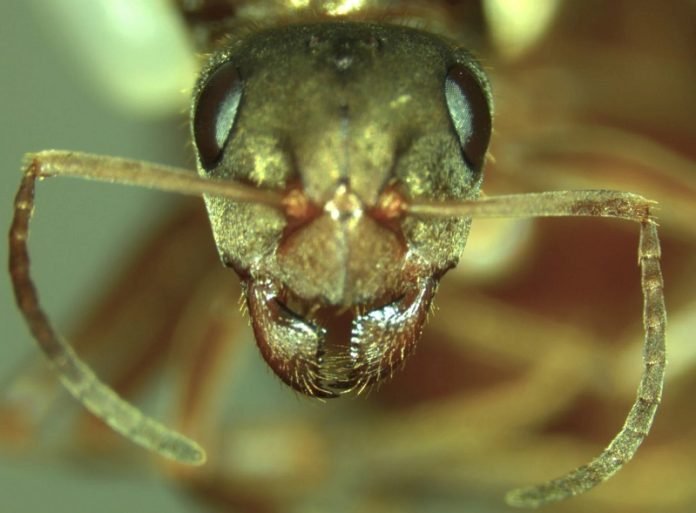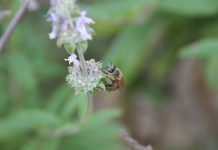
Have you ever wondered about the tiny rulers of the ant world?
Well, researchers from UC Riverside have dived into the mystery of why some ant colonies have super small queens alongside their regular-sized ones.
They discovered it’s all down to something called supergenes, and they’ve shared their findings in the journal Current Biology.
Jessica Purcell, a big brain in bugs at UCR, and her team were fascinated by these miniature queens.
In nature, it’s not just ants that have supergenes; many creatures do, and they control all sorts of things like where birds fly for the winter or how many queens an ant colony has.
These supergenes are like mega-sized genes on steroids, sitting on a chromosome, and they stick together like best friends, preventing the usual gene shuffle during cell division.
This stickiness helps keep the supergene’s structure through generations.
Purcell’s crew looked at the ant species Formica cinerea, which is found all over Europe. These ants are the good guys, eating pests like spiders and mites.
What the researchers found were two supergenes at play: one that decides if a colony will have more than one queen and another that controls how big these queens get.
Usually, an ant colony is a monarchy with one large queen whose main job is to lay eggs. The workers, which are sterile females, do all the chores like gathering food and looking after the eggs. Males live fast and die young, mainly staying in the colony to mate.
However, in these special colonies, the supergenes create extra queens that are about 20% smaller than usual.
This setup can lead to some drama in the ant hill, as having many unrelated queens and workers can cause fights over who gets to reproduce.
But these tiny queens have a trick up their sleeves. Instead of starting their own colony, which is risky and can end in death, they join an existing one. This can help the colony grow and survive, even if it means there’s a bit of tension at home.
The researchers think these small queens might be taking a shortcut in the social structure of ants, using the colony for their benefit without the usual work of starting from scratch.
This discovery opens up new questions about cooperation and competition in the insect world and could help us understand how some insects manage to live off the hard work of others.
This study, backed by the National Science Foundation, is a step forward in uncovering the secrets of ant societies and how these tiny creatures manage their complex worlds.



